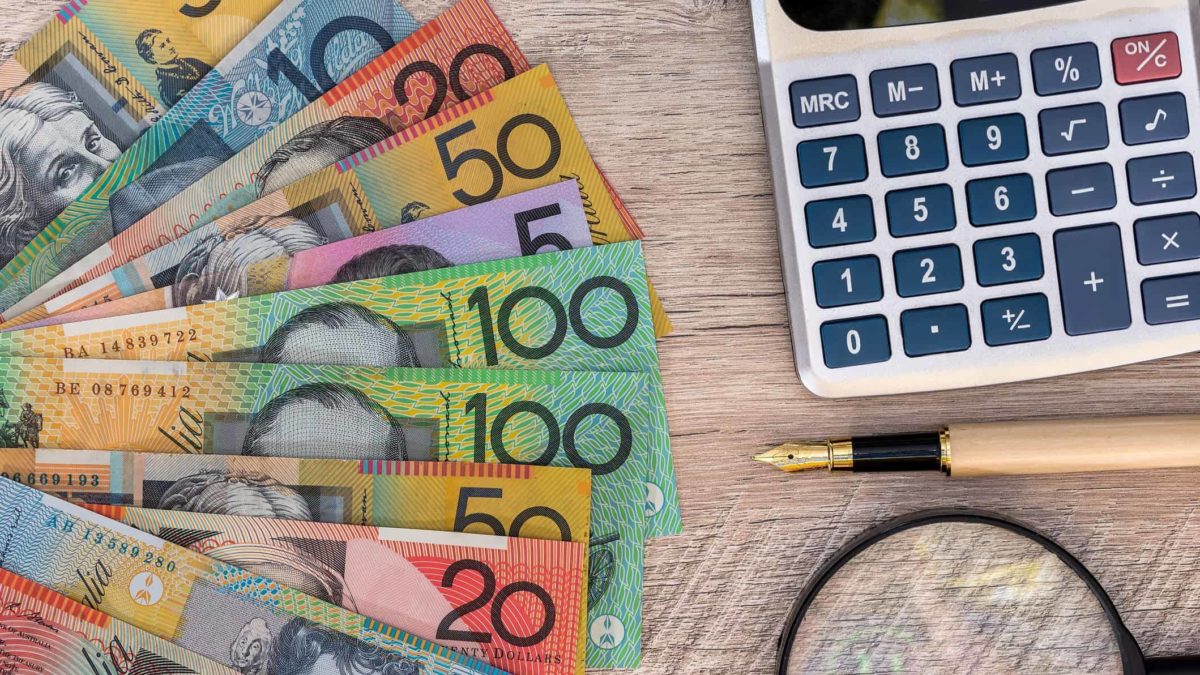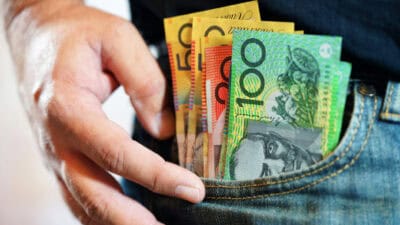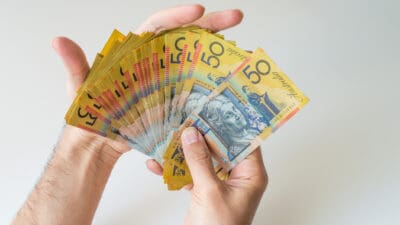As a big four bank share on the S&P/ASX 200 Index (ASX: XJO), the National Australia Bank Ltd. (ASX: NAB) share price arguably casts a long shadow on our share market. It's one of the largest companies in Australia, and also one of the most well known. This has been accentuated in recent years as NAB has grown in size. A few years ago, this bank was the baby of the big four. Today, it is the ASX's second-largest bank, behind Commonwealth Bank of Australia (ASX: CBA), of course.
And NAB shares have proven to be a rewarding investment in recent times too. As it currently stands, the NAB share price has given investors a return of 9.35% over the past 12 months. That's more than double the return of the broader ASX 200.
But this recent run masks a longer-term performance that isn't so rosy. If we look at the NAB share price over the past 5 years, we can see that it has fallen by more than 13.5% over this period.
And even stretching back to 12 years, NAB shares have only seen roughly $3 added to their price.
But, as any bank investor would know, part of the appeal of an ASX bank like NAB are the dividends. And NAB has certainly paid out some hefty dividends over this period. So let's see if those payments have added meaningfully to NAB's returns.
Do NAB's dividends make the past 12 years worthwhile?
Ok, so back in early March 2010, NAB shares were going for roughly $25.63. Say if an investor invested $10,000 in NAB shares back then, it would have netted them 390 NAB shares with some change.
Today, those 390 NAB shares would be worth $11,161.80 at NAB's present share price of $28.62. That's a rather anaemic capital return of 11.62% over 12 years. On that alone, you would probably have been better off having the cash stored in a NAB savings account instead. That doesn't include any share buybacks, capital initiatives, or NAB's dealings with the old Clydesdale Bank, just for simplicity.
But let's get to the dividends. So Since March 2010, NAB has forked out $20.37 in dividends per share. That's including both of NAB's 2021 dividend payments.
For an investor owning 390 NAB shares, that would amount to $7,944.30 in dividend income. Again, we won't include the value of franking for simplicity's sake.
So if we add that $7,944.30 in dividend income to NAB's capital return of $1,161.80, we can conclude that that $10,000 invested would have netted an investor a total of $9,106.10. Or $19,106.10 including our principle.
That means NAB shares have returned 91.06% over those 12 years. That works out to be an annual rate of return of 5.54% per annum. You can probably throw on a couple of percentage points to that to account for the franking if you'd like.
Going off of how an ASX 200 ETF like the iShares Core S&P/ASX 200 ETF (ASX: IOZ) has given its investors an average return of 9.29% over the past 10 years, it's unlikely that NAB has been a market beater over the past 12 years. But at least those returns beat out a savings account now.
At the current NAB share price, this ASX 200 bank has a NAB has forked out $20.37 in dividends per share of $92.48 billion, with a dividend yield of 4.44%.









